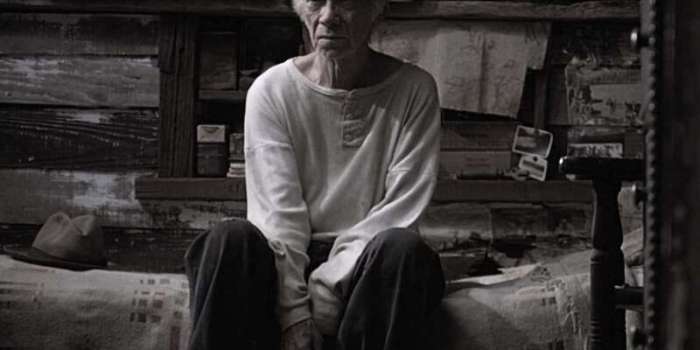Of mice and men bunkhouse – Step into the heart of John Steinbeck’s masterpiece, Of Mice and Men, where the bunkhouse stands as a poignant symbol of the hopes, struggles, and inevitable heartbreak that define the lives of its transient inhabitants.
Within these weathered walls, the dreams of Lennie and George collide with the harsh realities of their existence, shaping their interactions and illuminating the complexities of human nature.
Bunkhouse Overview
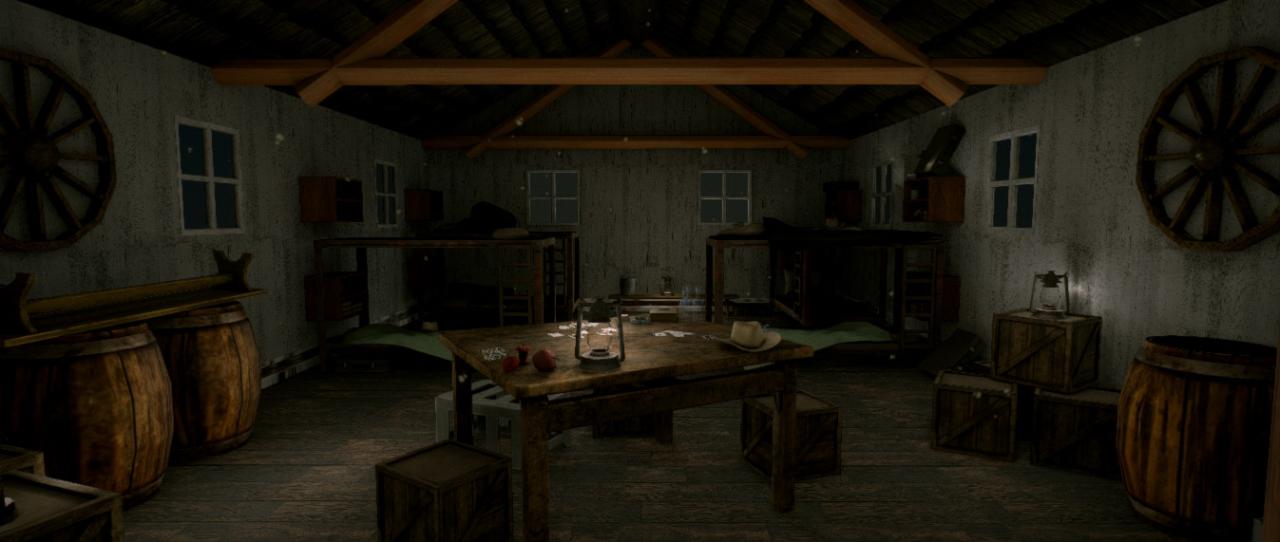
The bunkhouse in “Of Mice and Men” is a crucial setting that reflects the harsh realities and camaraderie among migrant ranch workers during the Great Depression. It serves as a microcosm of their shared struggles and dreams.
The bunkhouse is a long, rectangular building divided into two rooms. The larger room houses sixteen double-tiered bunks, providing cramped and uncomfortable sleeping quarters for the workers. The smaller room serves as a communal space, with a long table, benches, and a wood-burning stove for warmth.
The living conditions are basic, with no running water or electricity, and the air is often thick with the smell of sweat, tobacco, and dust.
Significance of the Bunkhouse
The bunkhouse plays a significant role in the novel as a symbol of the workers’ isolation and alienation. It is a place where they retreat after long days of backbreaking labor, seeking solace and companionship among their fellow workers. Despite the harsh conditions, the bunkhouse fosters a sense of community and shared experiences, offering a glimpse into the resilience and camaraderie of these marginalized individuals.
Characters and the Bunkhouse: Of Mice And Men Bunkhouse
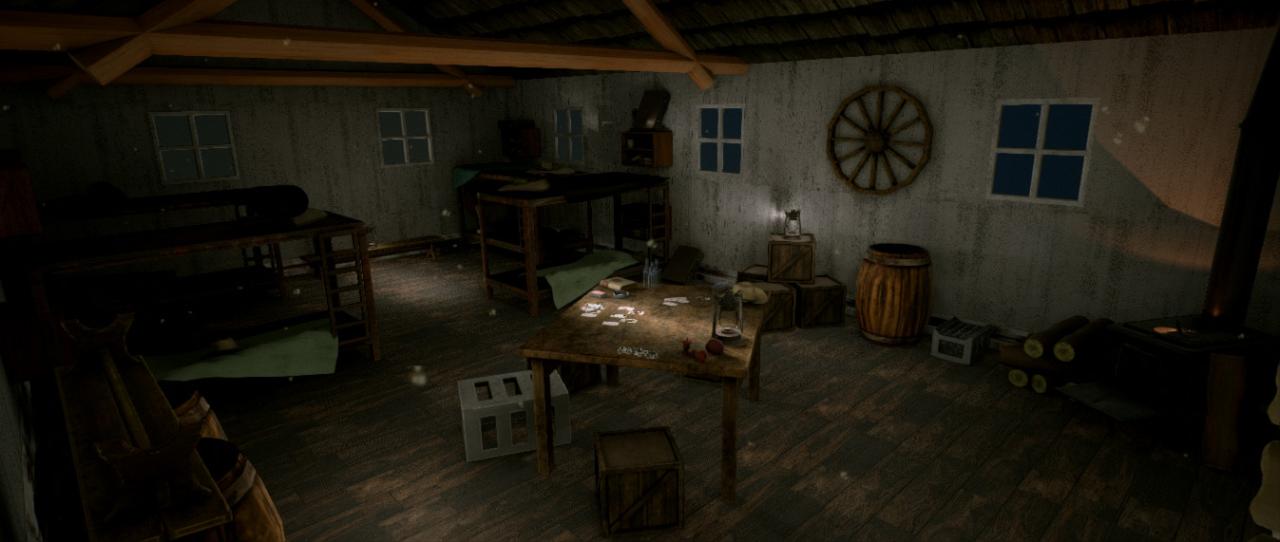
The bunkhouse in Of Mice and Menis more than just a place where the ranch hands sleep. It is a central setting that influences the characters’ interactions and conflicts, and it plays a significant role in their development.
The bunkhouse is a cramped and dirty space, with only a few beds, a stove, and a table. It is a place where the men are constantly on top of each other, and where their privacy is constantly invaded. This close proximity leads to tension and conflict, as the men are forced to confront their differences and their own shortcomings.
The Bunkhouse as a Microcosm of Society
The bunkhouse can be seen as a microcosm of society, with its own hierarchy and its own set of rules. The men at the top of the hierarchy, like George and Lennie, have more power and privilege than those at the bottom, like Crooks and Curley’s wife.
This inequality leads to resentment and conflict, as the men at the bottom feel that they are being treated unfairly.
The Bunkhouse as a Place of Refuge
Despite its cramped and dirty conditions, the bunkhouse is also a place of refuge for the men. It is a place where they can escape from the harsh realities of life on the ranch, and where they can share their hopes and dreams with each other.
The bunkhouse in Of Mice and Men was a cramped and dirty place, with only a few small windows for ventilation. The air was often stale and heavy, making it difficult to breathe. In contrast, the Salem Sump Tube Air Vent is a modern invention that provides fresh air to underground spaces.
It is a small, tube-shaped device that can be installed in a wall or ceiling. The vent draws in fresh air from outside and circulates it throughout the space, improving air quality and making it more comfortable to breathe. While the bunkhouse in Of Mice and Men was a far cry from being comfortable, the Salem Sump Tube Air Vent could have made a big difference in the lives of the men who lived there.
The bunkhouse is a place where the men can feel a sense of belonging, and where they can find solace in the company of others.
Symbolism of the Bunkhouse
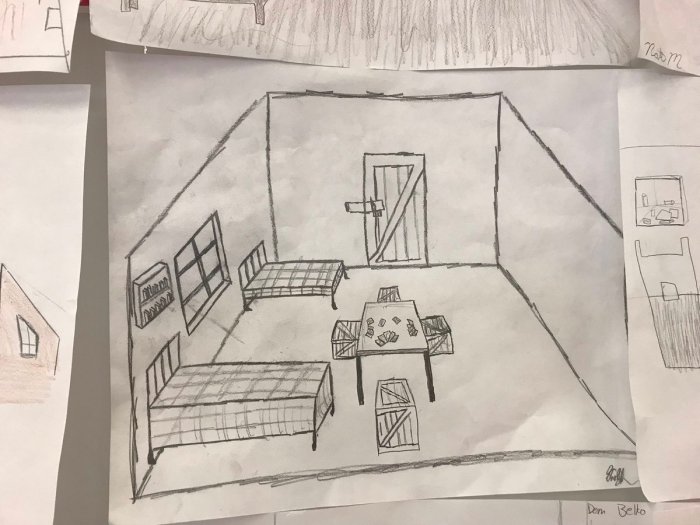
The bunkhouse in “Of Mice and Men” is a central symbol that represents the characters’ dreams, aspirations, and limitations. It is a place where they live, work, and dream of a better life. However, it is also a place where their dreams are often dashed.The
bunkhouse is a small, cramped space that is shared by several men. It is a place where the men are constantly reminded of their low status in society. They are treated like animals, and they are forced to live in a dirty and uncomfortable environment.Despite
the harsh conditions, the bunkhouse is also a place where the men find companionship and support. They share their stories and dreams with each other, and they help each other through difficult times. The bunkhouse is a symbol of the men’s hope for a better life, even though they know that their chances of success are slim.
The Bunkhouse as a Symbol of the Characters’ Dreams
The bunkhouse is a place where the men can dream of a better life. They dream of owning their own land, of having a family, and of being respected by their peers. However, the bunkhouse is also a reminder of the harsh reality of their lives.
The men know that their chances of achieving their dreams are slim.
The Bunkhouse as a Symbol of the Characters’ Aspirations
The bunkhouse is a place where the men can aspire to be more than what they are. They aspire to be respected, to be loved, and to be successful. However, the bunkhouse is also a reminder of the limitations that they face.
The men know that they are not likely to achieve their aspirations.
The Bunkhouse as a Symbol of the Characters’ Limitations
The bunkhouse is a place where the men are confronted with their limitations. They are limited by their poverty, their lack of education, and their social status. The bunkhouse is a reminder of the fact that the men are not likely to achieve their dreams or aspirations.
Historical Context of Bunkhouses
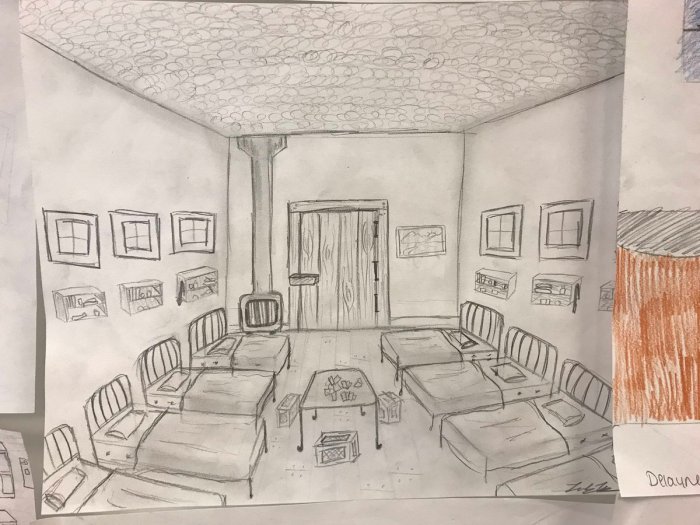
During the Great Depression, migrant workers often lived in bunkhouses on ranches and farms. These structures provided basic shelter for workers who traveled from place to place seeking work. Bunkhouses were typically long, narrow buildings with rows of bunk beds, offering little privacy or comfort.Living
conditions in bunkhouses were often harsh. Workers were often crammed into small spaces, with little ventilation or sanitation. The bunks were often infested with bugs and rodents, and the air was thick with the smell of sweat and tobacco. Social dynamics in bunkhouses could be complex, with workers from different backgrounds and cultures forced to live in close quarters.The
historical context of bunkhouses informs the portrayal of the bunkhouse in “Of Mice and Men.” The novel’s bunkhouse is a cramped and uncomfortable space, reflecting the harsh living conditions of migrant workers during the Great Depression. The workers who live in the bunkhouse come from different backgrounds and have different dreams, creating a complex social dynamic.
The historical context of bunkhouses also helps to explain the importance of the bunkhouse in the novel. For the migrant workers, the bunkhouse is more than just a place to sleep. It is a place where they can socialize, share stories, and escape the harsh realities of their lives.
The bunkhouse is a symbol of the workers’ community and their shared experiences.
Artistic Depictions of the Bunkhouse
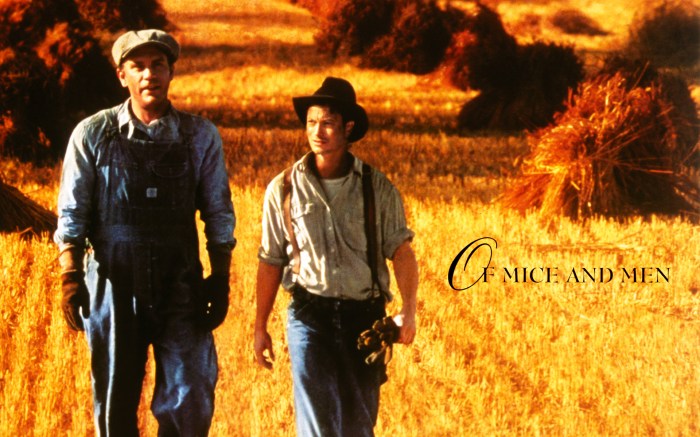
Artists have interpreted the bunkhouse in various ways, capturing its significance and contributing to our understanding of its role in the novel.
Film Adaptations
Film adaptations have brought the bunkhouse to life, showcasing its cramped and isolated atmosphere. In the 1939 film adaptation, the bunkhouse is portrayed as a small, dilapidated building with wooden bunks and a dirt floor, emphasizing the harsh living conditions of the ranch hands.
Illustrations
Illustrations have captured the bunkhouse’s symbolic qualities. In the 1947 edition of the novel, John Steinbeck collaborated with artist John Groth to create illustrations that depicted the bunkhouse as a refuge for the ranch hands, a place where they could escape the harsh realities of their lives.
Stage Productions, Of mice and men bunkhouse
Stage productions have utilized the bunkhouse as a central set piece, highlighting its claustrophobic nature. In a 1992 stage adaptation, the bunkhouse was represented by a towering wooden structure that dominated the stage, creating a sense of entrapment and isolation.
FAQ Resource
What is the significance of the bunkhouse in Of Mice and Men?
The bunkhouse represents the transient nature of the migrant workers’ lives, their dreams of a better future, and the harsh realities they face.
How does the bunkhouse influence the characters’ relationships?
The cramped and shared living space intensifies their interactions, leading to both camaraderie and conflict.
What is the symbolism of the bunkhouse’s destruction?
The destruction of the bunkhouse symbolizes the shattering of the characters’ dreams and the inevitability of their tragic fate.
